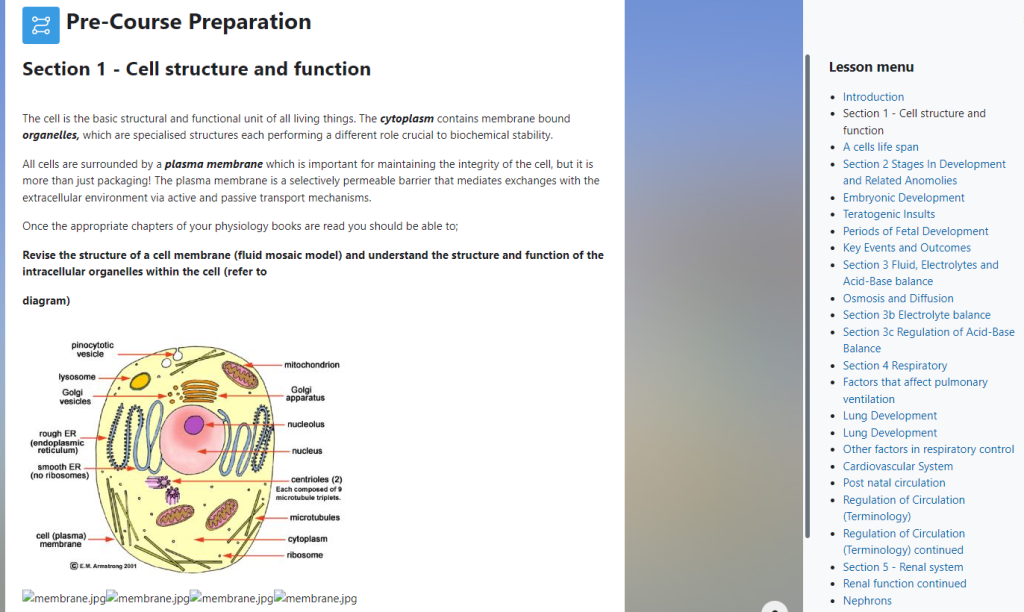What is the Lesson activity?
Lessons are a series of pages that link together, they can include content pages as well as question and answer pages. In the simplest form, learners can click the ‘continue’ button to move to the next page/section within the lesson. Pages within the lesson can include text, quizzes, images and multimedia etc. for more interaction.

Why should I use a Lesson activity?
Each choice the students makes can show a different response/comment and send the student to a different page in the lesson. Lessons can be used for branching activities, taking the student to different content depending on their answers, for self-directed learning to take place.
A lesson can include questions for students to self-assess their learning. Students can then be automatically directed to further questions, feedback pages or other content pages depending on their response. Lesson are also used for scenarios or simulations/decision-making exercises and for differentiated revision, with different sets of revision questions depending upon answers given to initial questions.

What you should know?
You’ll need to have a clear idea beforehand of what you want to do with this lesson. Some questions to consider include:
- Is it to be a graded, linear learning experience?
- Or an ungraded, non-linear practice session?
- Will students be able to go back and revisit areas or is it just a once-only opportunity?
As lessons in Moodle can become complex, a good tip is to sketch out your pages on paper before you begin to create the lesson itself, this will help during the set up stage.
As with other Moodle activities, turn on ‘Edit mode’ on the course page you want the lesson to appear, click ‘Add an activity or resource’ and click ‘Lesson’. This page will guide you through the Lesson settings. This page outlines how students and teachers interact with Moodle Lessons once they have been created.
Frequently asked questions
Frequently Asked Questions relating to the Lesson activity is also a useful reference if you are investigating using the tool more extensively.
